Causes of Honey Crystallization
Honey naturally tends towards crystallization. It is primarily a mixture of water and a variety of sugars, mostly glucose and fructose. In fact, there is more sugar in honey than the water can naturally hold in a mixture.
That overabundance of sugar makes honey unstable. Over time, the glucose tends to separate from the water and the other substances in honey. Once glucose separates from the water, it forms tiny crystals. As more glucose crystallizes, those crystals connect together into what is called a "lattice." The lattice tends to lock the rest of honey in place, making it look like a solid, crystallized substance.
Factors of Crystallization
The amount of glucose in honey determines how likely and how soon it will crystallize, with crystallization happening sooner if the honey contains higher amounts of glucose. The flowers from which bees harvest nectar determine how much glucose will be in the honey. There are also more than 180 other minerals, acids and proteins that can be in honey, and each has some effect on crystallization.
There are some varieties of honey that are resistant to crystallization because they have less than 30 percent glucose. Those include honey made from tupelo blossoms and sage flowers.
Crystallization does not mean the honey has spoiled. Honey is mostly just a solution of sugar and water, and can remain edible for years if stored properly. Honey will usually harden before it spoils.
Reversing Crystallization
The crystallization process can be slowed down with the right kind of storage. Storing honey at lower than 50 degrees Fahrenheit can slow down or even prevent crystallization. Storing it in warm temperatures (above 81 degrees) can also prevent crystallization, but doing so also can increase the risk of fermentation.
Once a batch of honey has crystallized, heating it in a microwave or placing the container in water that has been heated to 140 to 160 degrees Fahrenheit can cause the glucose to temporarily dissolve again. However, doing that too often will cause the honey to lose its color and its aroma.
Related Articles
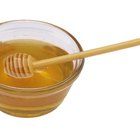
How to Liquify Honey
How Long Can Honey Last Without Going ...
How to Soften Crystalized Molasses

What Is Agave Syrup?

What Causes Honey to Ferment?
Can You Make Candy Using Honey Instead ...

Difference Between Clover & Orange ...
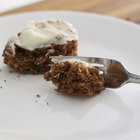
How to Keep a Cake Moist With Simple ...
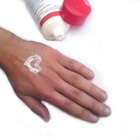
How to Make Your Own Honey Lotion

How to Make Natural Pectin From Lemons

What Is Agave Cactus Juice?
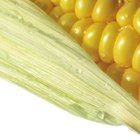
How to Substitute Light Corn Syrup in a ...
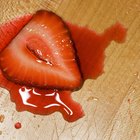
How to Extract Fructose From Plants
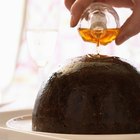
How to Color Hair With Molasses

What Is the Difference in Black ...
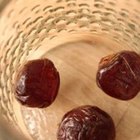
How to Make Sugar Wax?

Can You Freeze Molasses?

What Are Sugar Crystals?

How to Make Liquid Sugar Concentrate
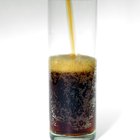
Is There Glucose in Soda?
References
Writer Bio
James McGill is an award-winning, Boston-base journalist and media professional with 13 years of experience in the academic book publishing, magazine, newspaper and web industry. His expertise extends from politics to information technology.